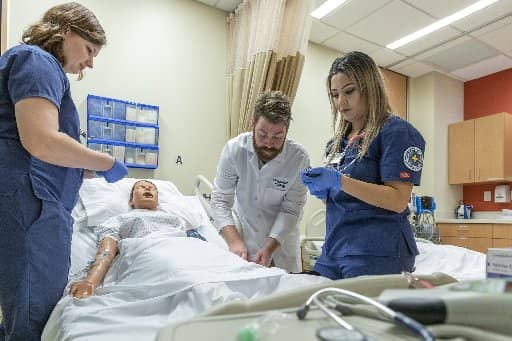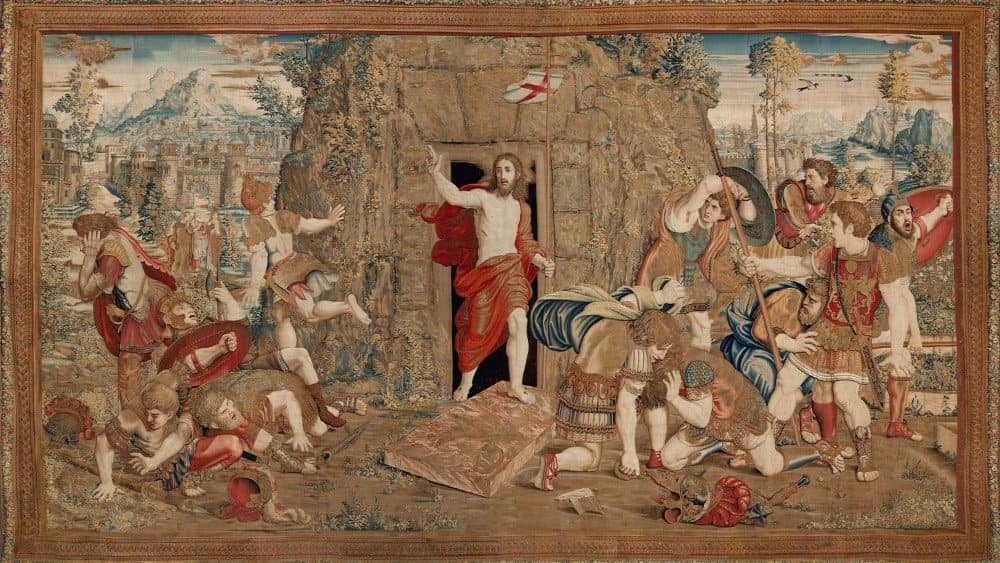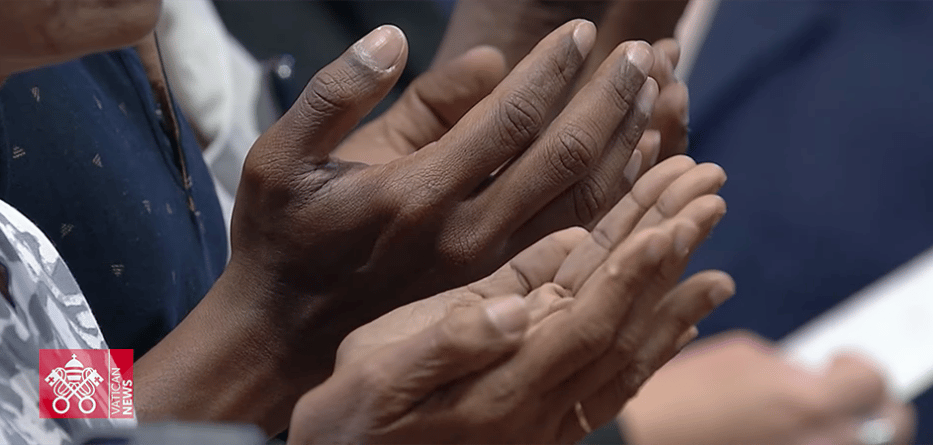It seems almost indecent to weigh in on Charlie Gard, whose peaceful 10-month old face, monkey toy and starry pyjamas have barely left our front pages and TV screens.
Everyone is in agony over the issue, including the Vatican, and it’s hard to think of a case that has elicited more handwringing and heartbreak.
So the really appropriate response right now, in the days and hours before the baby’s death, is respectful silence, and prayer: For him, for his magnificent parents, and for the doctors and judges who have cared for him and had to make agonizing moral decisions about his fate.
But I worry about some of the arguments and assumptions I am hearing from Catholics, especially in the United States and Italy, who have framed this as a case of euthanasia, or an illicit case of state interference in parental autonomy.
It’s rare I disagree with Michael Sean Winters at the National Catholic Reporter or Charlie Camosy here at Crux, but I think on this occasion their righteous desire for a prophetic pro-life witness, and their understandable sympathy for Charlie’s passionate parents, have distorted their grasp.
I share, of course, their pain that Charlie will soon die — the decision may even have been made by the time you read this. The baby has a rare genetic condition, mitochondrial deletion syndrome, that affects every cell of his body.
RELATED: UK parents lose final appeal to keep baby alive for treatment
It means he cannot move his arms and legs, or open his eyes or even breathe without a ventilator. He is deaf and has severe epilepsy, and is likely to be in severe pain.
Great Ormond Street Hospital in London, one of the world’s finest and most caring children’s treatment centers, weeks ago determined that Charlie’s condition is so desperate that it is in his best interest to receive only palliative care, and for him to be allowed to die naturally.
The law courts — all the way up to the UK’s Supreme Court and the European Court of Justice — have minutely examined the case, and with heavy hearts agreed with the hospital.
The reason the courts have been involved is that the hospital’s decision was contested by Charlie’s parents. Connie Yates and Chris Gard are convinced he has another chance, and have captured our hearts in their desperate struggle to take Charlie abroad, for experimental treatment in the United States, or even at the Bambino Gesù children’s hospital in Rome.
They have raised huge sums of money, fought legal battles, made heartfelt videos, issued appeals and yet, at each stage, they have been thwarted. Who doesn’t side with them? Whose heart is not with them?
That’s why Pope Francis’s statement was so well-judged. He wanted the parents to know he was with them, praying for them, and insisting they had the right to care for him right up to the end.
But the pope wasn’t — pace some interpretations — taking sides against the hospital and the courts. He was emphasizing something that hadn’t come across so well in the statements of the UK bishops echoed by the Vatican’s Archbishop Vincenzo Paglia.
In their excellent summaries of the ethical and legal considerations there was nonetheless a risk of underplaying the suffering and the heroic struggle of Charlie’s parents in seeking all options that could avoid the death of their child.
By tweeting about the duty to care for life especially when it is sick, and making his pledge of proximity to the parents, Francis rightly shifted the emphasis onto their struggle.
But Archbishop Peter Smith and the Pontifical Academy for Life were right, and nothing Francis said suggested otherwise. We have to “recognize the limitations of what can be done,” they said. Not everything that medical technology can do it should always do. Discernment is needed.
The courts heard from the U.S. doctor on whom Charlie’s parents had pinned their hopes that there was little evidence that the treatment would be of any benefit, and that, having seen the evidence of Charlie’s brain damage, therapy would be futile.
That doctor thought that Charlie was in the terminal stage of his illness, and that there was little chance of reversing that.
“If Charlie’s damaged brain function cannot be improved, as all agree, then how can he be any better off than he is now, which is a condition that his parents believe should not be sustained?” observed the High Court judge. The courts weighed the alternatives, and came down against treatment.
To say this means that “the UK is aiming at the death of a helpless, vulnerable, mentally disabled child,” as Camosy claims, is astonishing. The aim throughout this tragic case has never been the death of a child, but the defense of his best interests as a sick baby.
The death of Charlie is not intended, as Camosy supposes in the rest of his article, but foreseen, just as it is when a hospital decides not to operate on a sick person who is dying.
Camosy thinks it odd that the Pontifical Academy for Life “didn’t acknowledge that what has been decided by the UK authorities is, in fact, euthanasia.” It didn’t acknowledge it, because on the facts it isn’t.
If this were a case of euthanasia, which the bishops of England and Wales have consistently resisted, they would have said so, and condemned it. But they don’t believe it is, and they haven’t.
The purpose of not treating in these cases is not to kill them but to let them die naturally, with a minimum of further suffering when that suffering is of no obvious medical benefit. This is Catholic life ethics 101.
How can Michael Sean Winters then claim that this “amounts to a judicial murder” or allege that “the authorities intend for him to die”? Or claim that “the courts made the judgment his life is not worth living and decided to let him die”?
Mr. Justice Francis of the High Court, for example, made clear that in weighing his decision, “the welfare of the child is paramount, and the judge must look at the question from the assumed point of view of the child. There is a strong presumption in favor of a course of action which will prolong life, but that presumption is not irrebuttable.” He went on to define ‘best interests’ as encompassing “medical, emotional, and all other welfare issues.”
“The important question to ask in this and other unfortunately similar cases,” says Paglia, are: “What are the best interests of the patient?” That is exactly what the doctors and judges have sought to establish. It is grotesquely insulting to them to claim, as Camosy does, that if Charlie were somehow to survive, they would be displeased at the outcome.
One can disagree with their reasoning, but the painstaking judgments by the doctors and judges were firmly within the boundaries of Catholic life ethics. The hospital’s use of the words ‘dying with dignity’ triggered alarm in pro-life circles, because the phrase has been sequestered by the euthanasia lobby, yet the hospital clearly meant the words the way Catholics mean them: Palliative care, supporting a life until its natural end, with hydration and nutrition.
In a recent interview Paglia has spelled out the three essential ‘no’s in this case: no to euthanasia, no to ‘heroic’ or aggressive treatments, and no to ‘abandonment’ either of the parents or the child. These criteria have been met.
But what of the parents’ right to decide? Camosy notes that the Church’s moral theology “generally lets those closest to the goods in question decide how to weigh them, through what’s called ‘proportionate reason.’” In this case, he says, “those closest to the goods involved are obviously the parents.”
But equally close, in this case, surely, are the hospital staff caring for Charlie. Both parents and staff gave evidence to the courts, as was right.
Are parents, as Camosy’s argued, the sole judges of their children’s best interests? That is not European law, which holds that the child’s rights are paramount and that parents are not entitled to insist upon treatment that is not in their child’s best interests. Nor is this Catholic moral theology, which resists any notion of any human being having absolute sovereignty over another.
This will be an increasingly important area for the law and ethics, precisely because technology offers more and more “fixes.” But a human being is not a machine; we can’t be endlessly operated on, patched up, rebooted.
We have a cycle of life and death, and while sustaining the first by every means possible, we have to accept the second as sometimes the better option. Working that out requires the careful weighing up of many goods, and more than one actor will inevitably be involved.
Tragically and heroically, the parents continue to look for ways out for their child. The Bambino Gesù in Rome, contacted by the mother, has offered to look after Charlie, and it too has suggested there may be experimental treatment available.
That door has been closed by the courts, who were convinced, after endless examination of the evidence, that it is in Charlie’s best interests to be allowed to die.
That is a desperately sad outcome for the parents and all those who have walked with them in this tragedy. But it may not be the worst outcome for Charlie.














